Sure it's undeniable the Beetle may seem too outdated when compared to other "people's car" projects which were eventually meant to serve as an indirect replacement for it, but the shift in the customers' mindset simply reflects other changes in a broader social and economical context. The relaunch of the Beetle in '93 in Brazil, only to be definitely phased out locally in '96, was clearly more influenced by a wish of then-president Itamar Franco who believed it would boost sales of "people's cars" instead of a technically-biased decision. Its body-on-platform layout rendered it uncompetitive for a large-scale production while compared to newer unibody cars, including the 2nd-generation Gol released in '94 and initially resorting to the Ford-sourced 1.0L CHT engine renamed AE by the Brazilian branch of Volkswagen until '96. Since the "people's car" program rules had to be amended just in order to allow the Beetle with its air-cooled 1.6L engine to take benefit of a lower tax bracket at the time meant for engines up to 1.0L regardless of the cooling system, switching back soon after the Beetle bit the dust again, the "Fusca Itamar" ended up more as a marketing stunt than as a serious attempt to address the needs of customers.
It could seem out of question to even lurk about the possibility of getting a Beetle when something more modern was available for roughly the same price, but it's not that easy to single-out which could be the best vehicle within one or more size classes that could often overlap each other. Considering the specificities of the Brazilian market in the early '90s, still reflecting the reserve for locally-made cars held between '76 and '90, the closest contender to the Beetle regarding strictly its off-road ability was the Suzuki Samurai, predictably disfavored among customers with a more traditional profile who would not be willing to deal with the smaller availability of official technical assistance. And even though the Samurai had been more often imported to Brazil with a 1.3L engine which for being water-cooled didn't benefit from the same amendment on the "people's car" program that favored the Beetle, there were a few imported with a 970cc engine which enabled it to qualify for the lower taxes. Considering that both models were designed according to programs similar to the Brazilian "people's car", even though the Beetle catered to a broader array of customers while the Samurai being a 4WD became somewhat more aspirational as a specialty vehicle, it doesn't make so much sense to compare sales figures.
The lack of any serious evolution between the original production run of the Beetle in Brazil and the Itamar, which didn't even get the upgraded rear suspension with semi-trailing arms and coil springs, is obviously a matter of concern. Stiffer sway bars may already provide some degree of compensation to the side-effects of the stock rear swing-axle, even though it's not impossible to install the improved rear suspension which in Brazil was found on the Transporter/Kombi since '76, which may be enough to keep its handling more up-to-date within normal operating conditions, and even the retrofitting of an ABS system if desired is not out of question despite the projects' age. It's also worth noticing the possibility to implement higher-capacity brakes, which could handle some more spirited driving and eventually address the higher efforts which would be imposed either by some engine tuning or by its swap for a modern one. Comfort features now highly sought after on new vehicles but not so much when the Beetle and the Kombi were mainstream, such as air conditioning and power steering, can be fitted too, with or without other improvements.


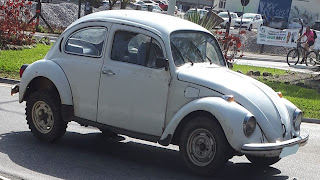


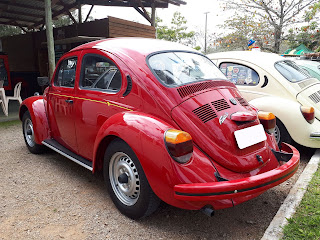


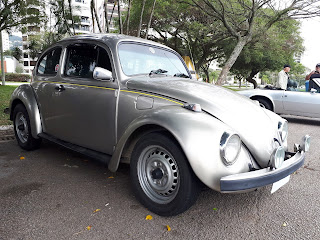
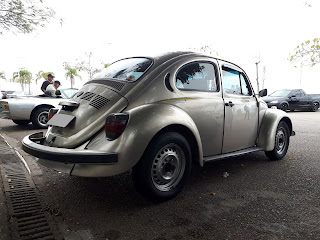


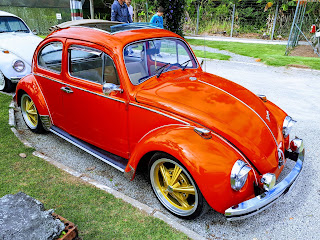

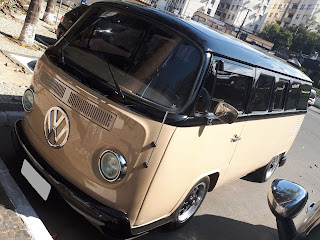

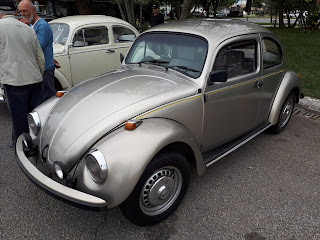
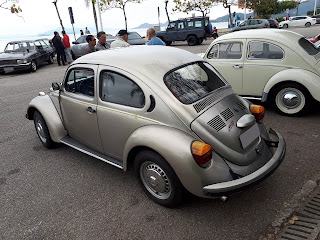
No comments:
Post a Comment
Only comments written in English are published. Not so rigid about the grammar, but some regional slang should be avoided to make it clear and easily understandable.